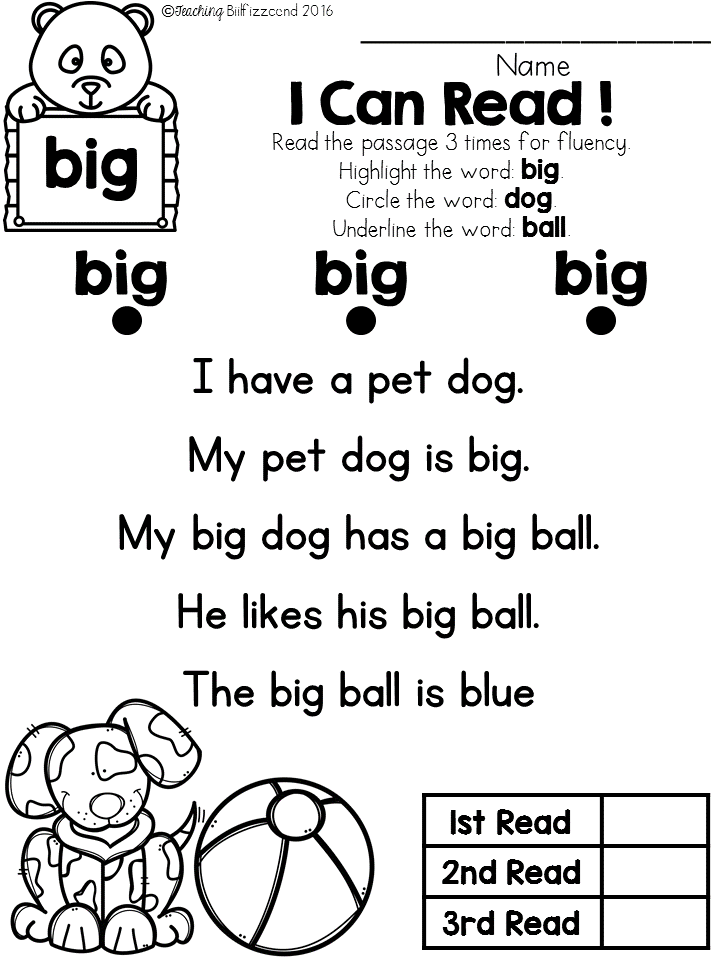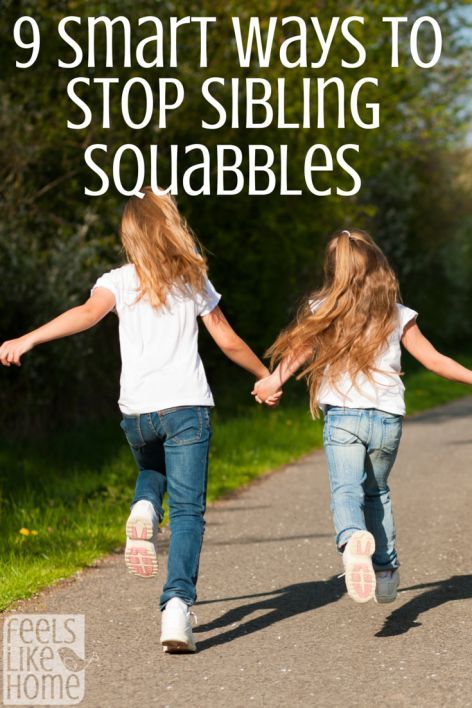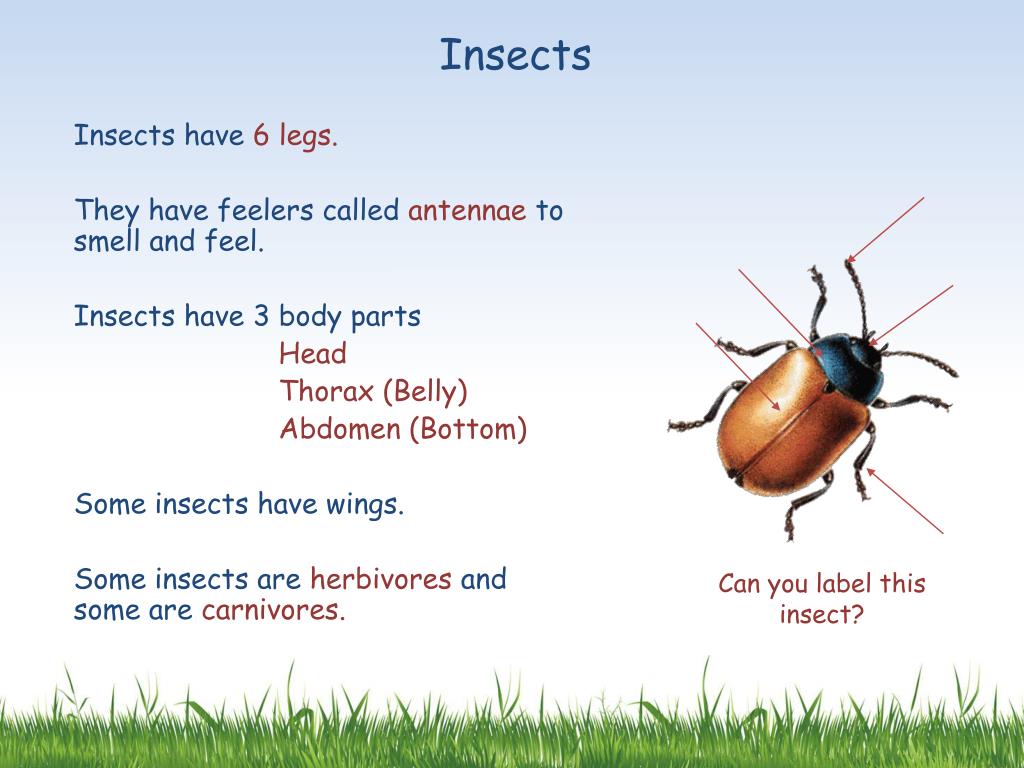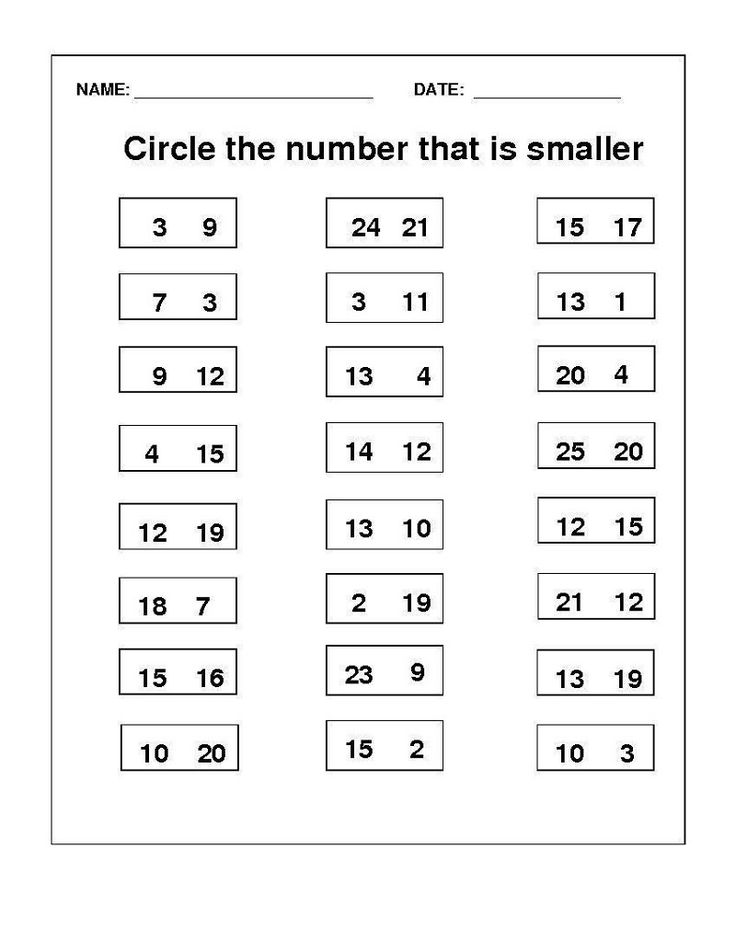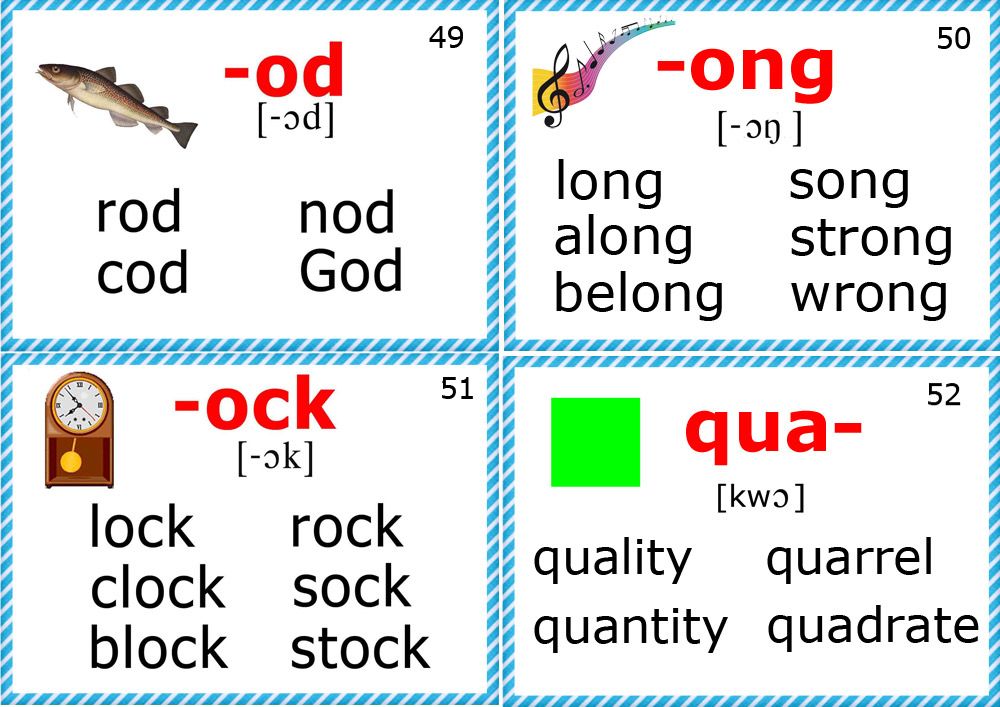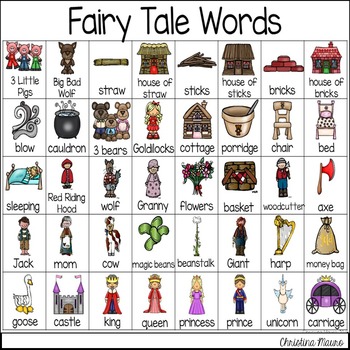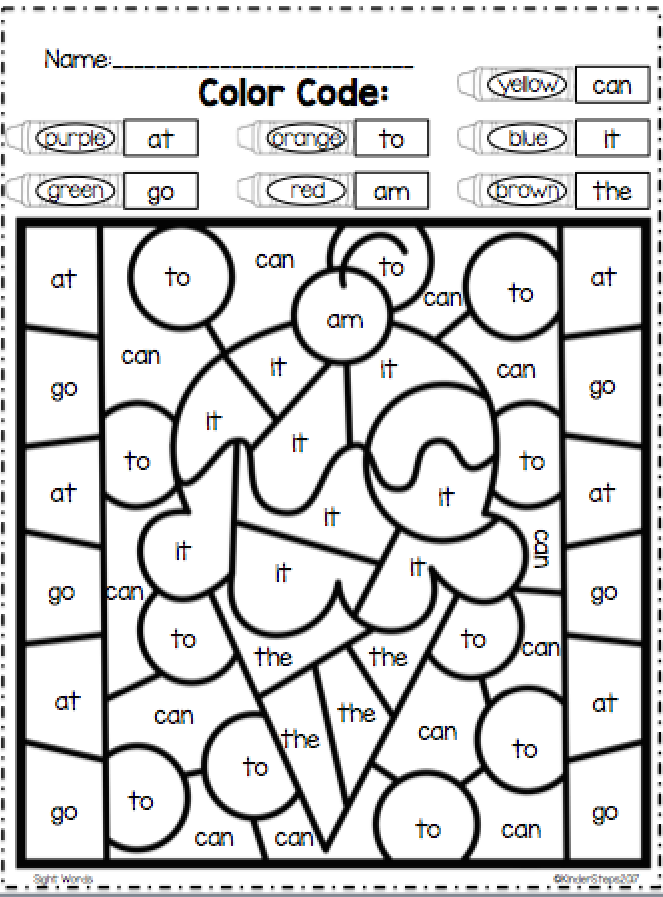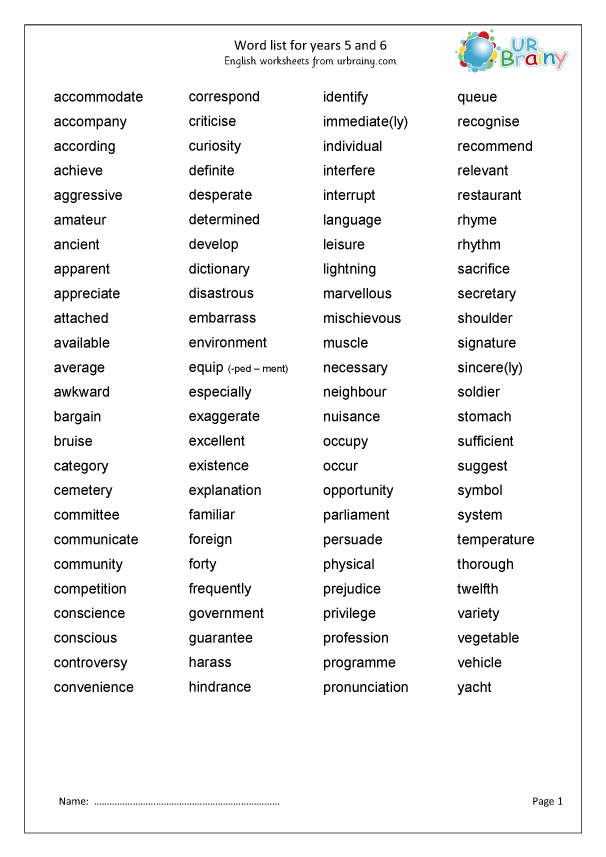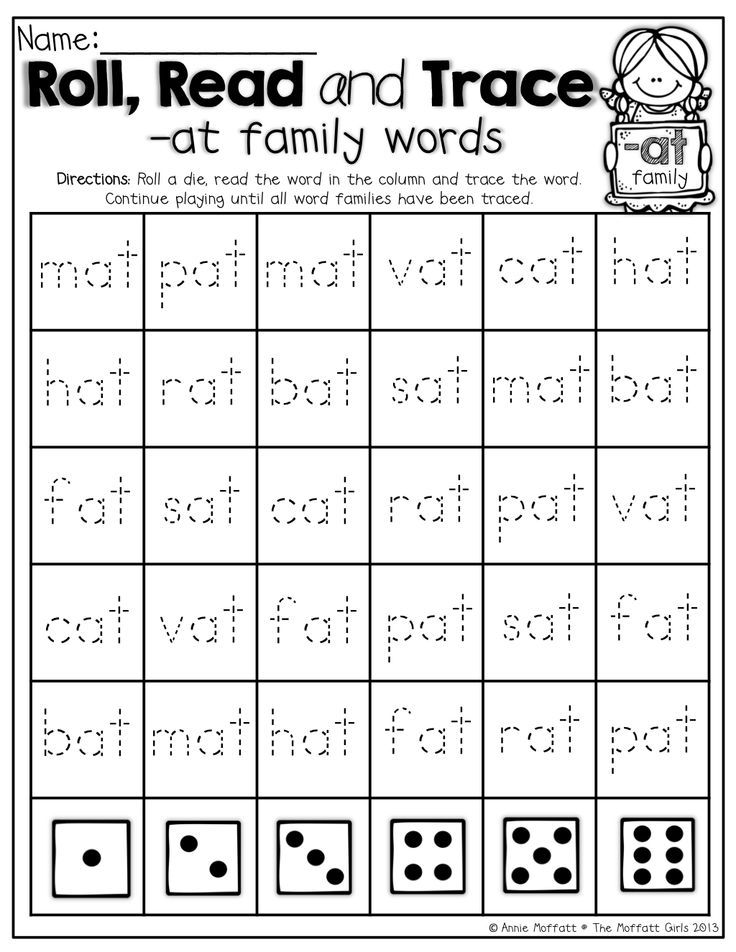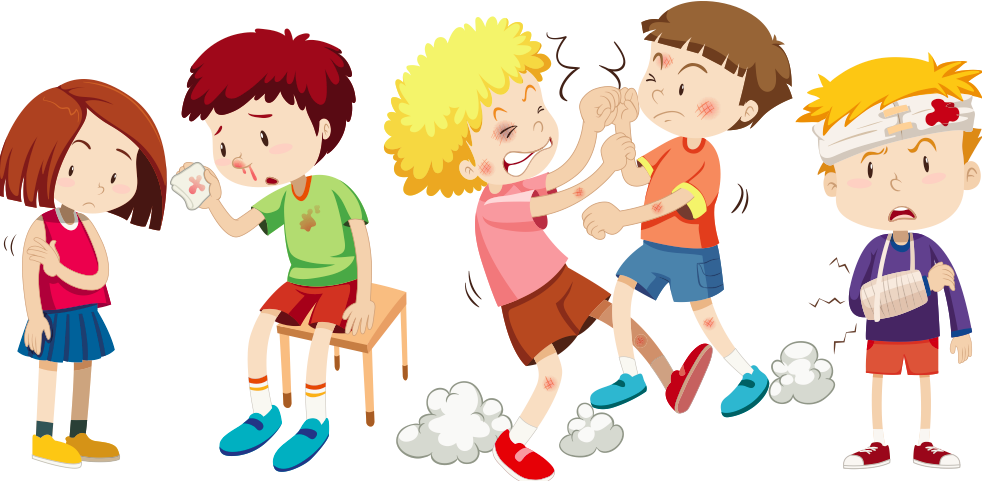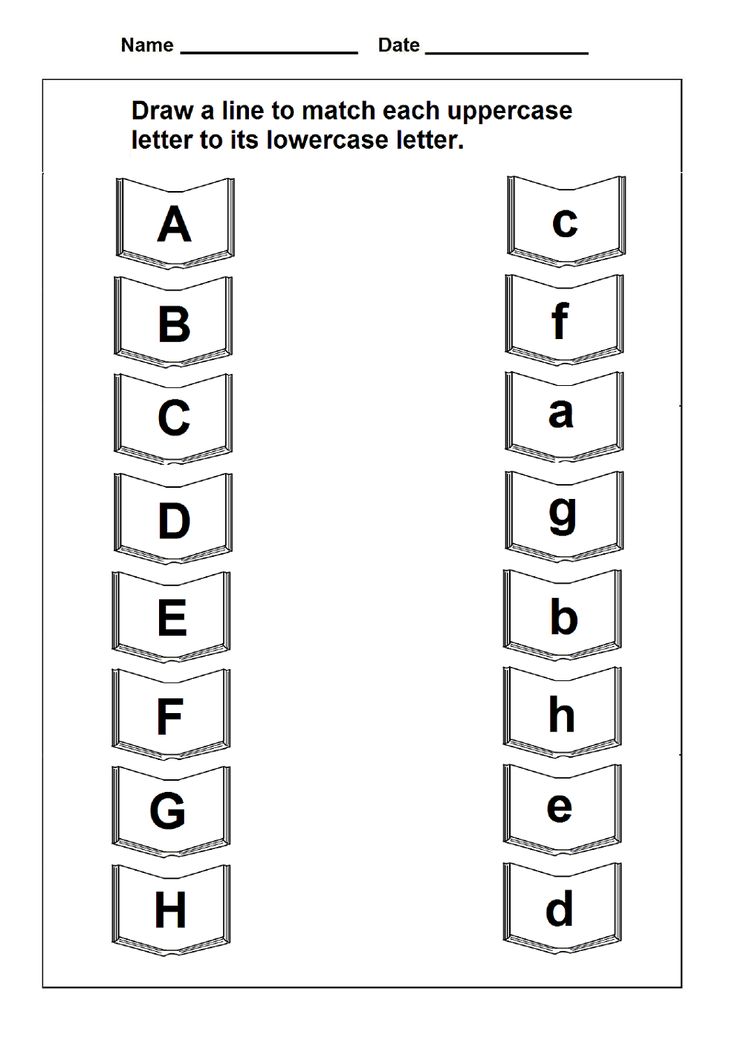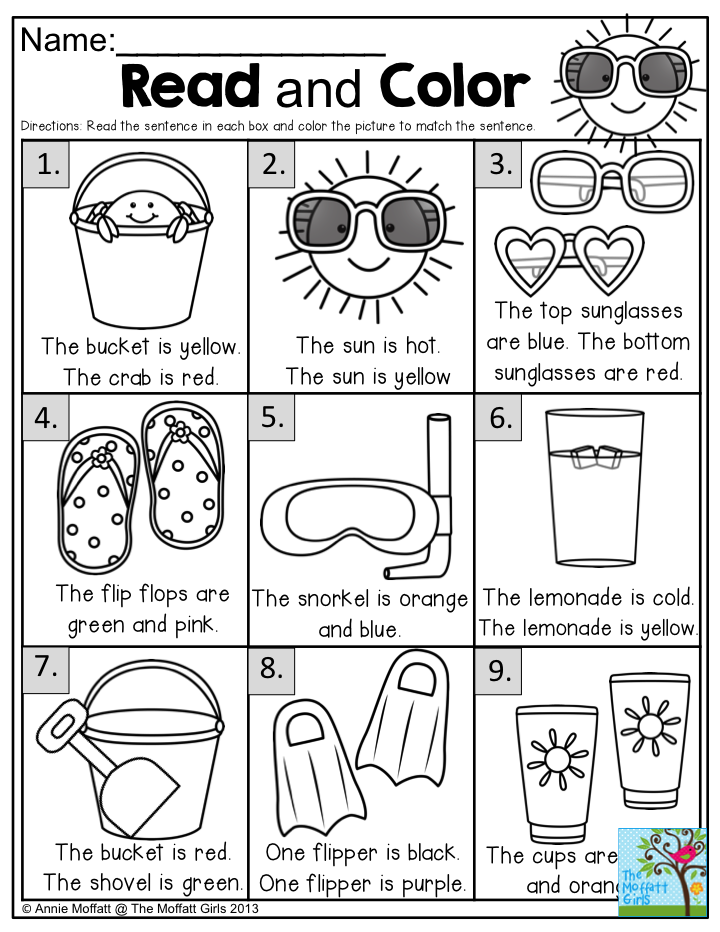Beginning reader words
The Perfect Sight Word List For Beginner Readers.
Children in their first years at school, who learn the sight word list below, will have an excellent start to reading and writing.
Initially this process takes time, often months. That's why teachers introduce lists like this to children, gradually, when they first start school. But it doesn't hurt them to recognise a few words before then, if they are ready to learn them.
Sight Word List
The list of sight words below is broken into groups. Each group consists of 10 words.
There are several lists available for teachers to use. But they are virtually identical as they are composed of words children most frequently use.
The list below covers 80 of the first sight words your child will need to know.
The trick is to ensure your child recognises the words in one group before starting another. But as I mentioned before, this doesn't happen immediately. So don't feel you need to put pressure on your child or you'll switch off their desire to learn. If you're helping them at home, keep it light.
At the end of this article I will explain how you can gently introduce some of these words to your child so they learn them without pressure.
Don't be concerned if your child finds the list below too difficult at this stage. They may only manage the first group of words. Or they may not be ready for them at all. If that's the case, wait for their teacher to guide you.
|
|
|
|
More About Sight Words
Your child needs to learn these word by sight rather than decode them.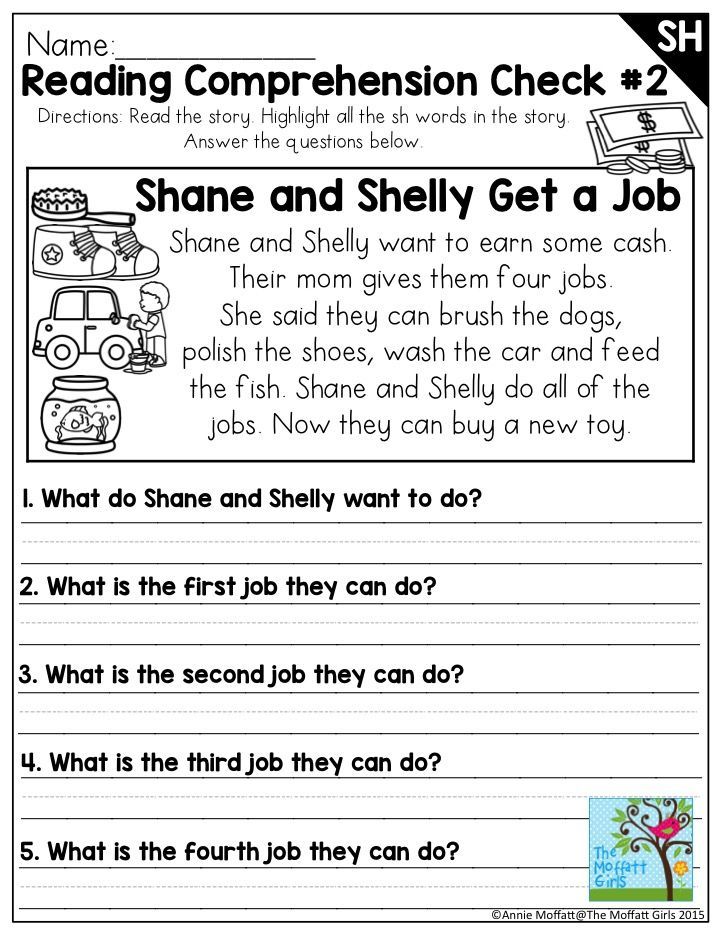 That means they may need to see them many, many times in order to memorise them.
That means they may need to see them many, many times in order to memorise them.
You may be asking yourself about now
- what exactly is a sight word?
- why are they so important in reading?
- how do you know what is a sight word and when do you sound out a word?
If you want to know more, click on my article What Are Sight Words? There you'll get answers you need. At the same time you'll see how it's affected an adult student of mine who hasn't ever known them!
Introducing Them To Your Child
Here's a great way to introduce sight words.
- Print off two copies of the sight word list.
- Cut two copies of the group One words starting the word 'I'.
- Cut each of the words individually.
- Place one set of the words in front of your child. You keep the other.
- Hold up one of the words
- Read it to your child and ask them to find the matching word. (They will study the shape of the letters and hear the word associated with them.
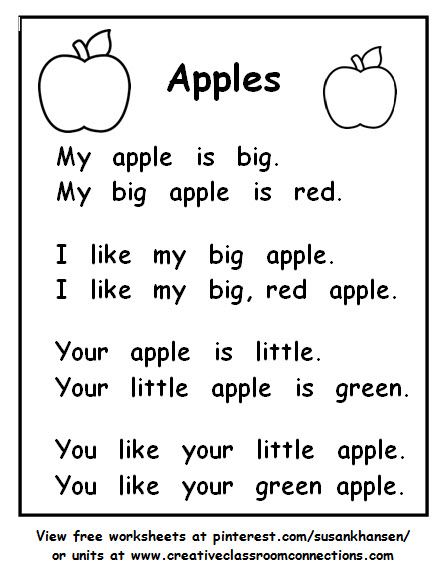 )
) - When they find the matching word, repeat the word. Say: "Yes, that word says ...... Can you tell me what the word says?" (This reinforces and matches in their brain the visual appearance of the word with how the word sounds.)
Play this game often and you'll find your child will become increasingly comfortable with these words. Gradually they will memorise them. They will then build up an invaluable bank of everyday words for reading and writing.
If you are struggling to engage your child, click on my phonics games page. There you'll find out how important it is to make learning fun. Plus great activities you can do at home to breathe life into learning literacy skills.
Go From Sight Word List To Literacy Lessons
Go To Phonics Literacy Homepage
Top 100 Sight Words and How to Teach Them
Sight words is a common term in reading that has a variety of meanings. When it is applied to early reading instruction, it typically refers to the set of about 100 words that keeps reappearing on almost any page of text.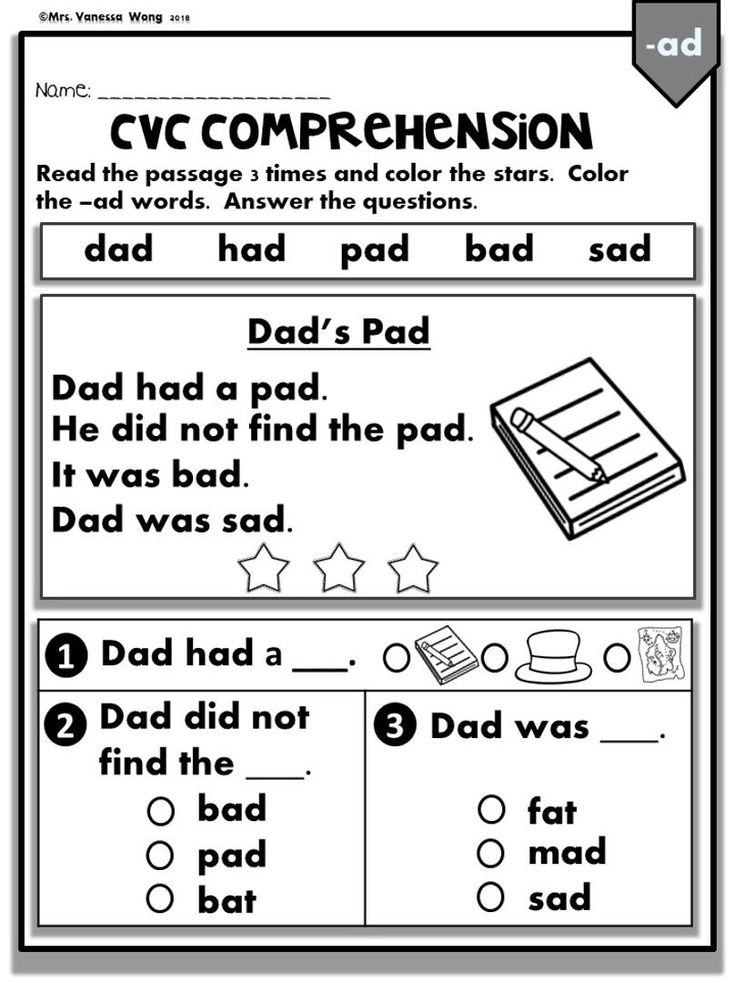 “Who, the, he, were, does, their, me, be” are a few examples.
“Who, the, he, were, does, their, me, be” are a few examples.
In addition to their being very frequent, many of these words cannot be “sounded out.” Children are expected to learn them by sight (that is, by looking at them and recognizing them, without any attempt to sound them out.)
Unfortunately, this means minimal teaching. Often, little is done other than to show the word and tell the child what it is “saying.” For many children, this is not enough, with the result that their reading of these critical words is laden with error.
What does this mean for parents who are helping their children master reading? Basically it means spending some time in truly teaching these words so that your child gains real mastery of them. The key to achieving this goal is accurate writing (spelling)—via memory. That is, the child writes the word when the model is not in view.
You can do this by creating simple sentences that the child reads. (By using sentences, you will automatically be using many “sight words.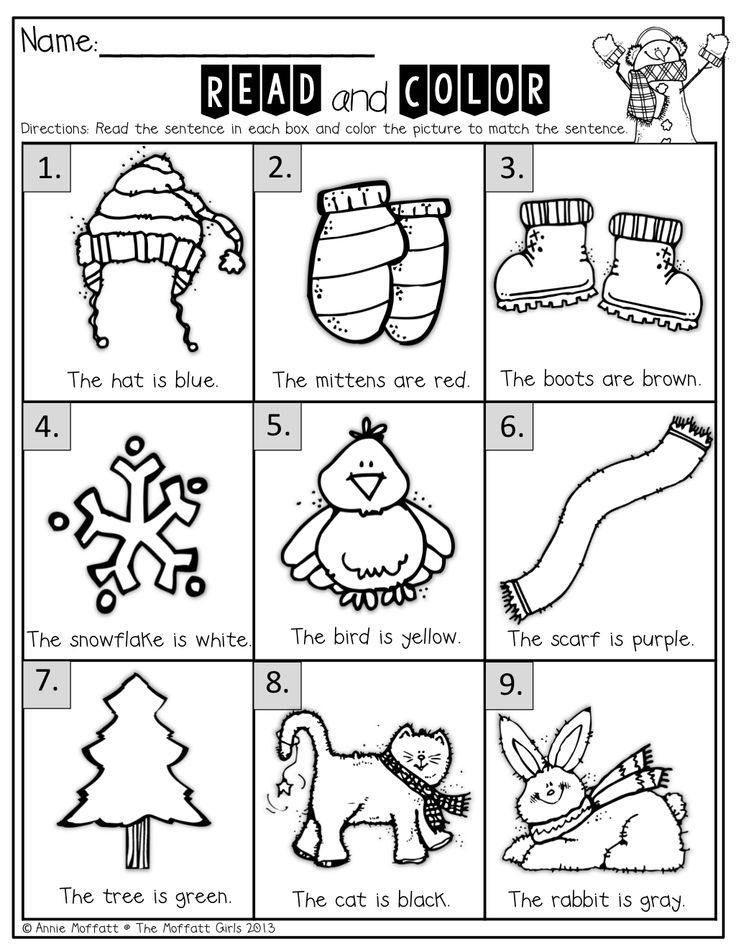 ” In addition, you will be giving your child the opportunity to deal with words in context—a key to meaningful reading) After showing the sentence and having your child read it, turn it over and then dictate the sentence. If there is an error, you immediately stop your child and take away the paper. Then you show the model again and repeat the process. In other words, the writing of the sentence has to be fully accurate, starting with the first word.
” In addition, you will be giving your child the opportunity to deal with words in context—a key to meaningful reading) After showing the sentence and having your child read it, turn it over and then dictate the sentence. If there is an error, you immediately stop your child and take away the paper. Then you show the model again and repeat the process. In other words, the writing of the sentence has to be fully accurate, starting with the first word.
If you want a list of those words to help guide your efforts, here is the top 100 according to the American Heritage Word Frequency Book by John B. Carroll.
A: a, an, at, are, as, at, and, all, about, after
B: be, by, but, been
C: can, could, called
D: did, down, do
E: each
F: from, first, find, for
H: he, his, had, how, has, her, have, him
I: in, I, if, into, is, it, its
J: just
K: know
L: like, long, little
M: my, made, may, make, more, many, most,
N: not, no, now
O: or, one, of, out, other, over, only, on
P: people
S: said, she, some, so, see
T: the, to, they, this, there, them, then, these, two, time, than, that, their
U: up, use
V: very
W: was, with, what, were, when, we, which, will, would, words, where, water, who, way
Y: you, your
Click here to download our Recommended Top 100 Sight Words.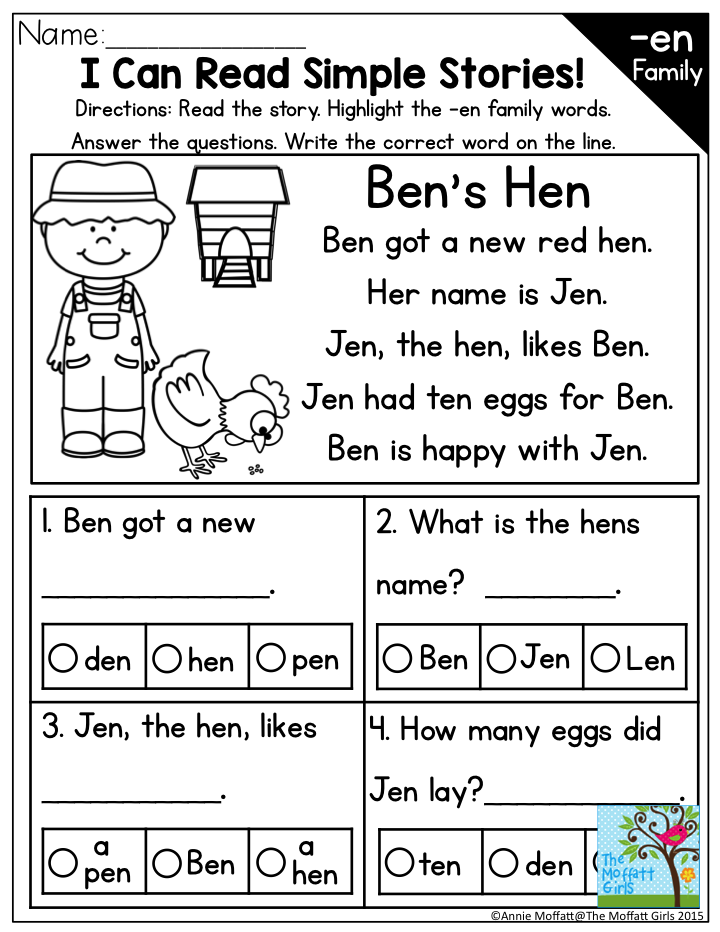
Literacy and reading expert, Dr. Marion Blank
Dr. Marion Blank is answering your questions about reading and learning. If you have a question for Dr. Marion, visit the Reading Kingdom Facebook Page and let us know how we can help.
If you think the Reading Kingdom program can help your children learn to read, enjoy a free, 30-day trial here.
FOR THE BEGINNER READER
A special place in the series of books for preschoolers and younger schoolchildren is occupied by publications for the first independent reading, designed for an inexperienced child who has recently mastered this skill.
As an example of basic publications intended for the youngest readers who barely had time to learn the letters, we can name small books by Tatiana Russita Whose side? Ivanov and Ferber"), as well as Yulia Lugovskaya - "Pip at Home", "Pip and His Friends" ("Pink Giraffe"). These thin brochures, enclosed in a small format box, are written using the shortest words, the simplest sentences.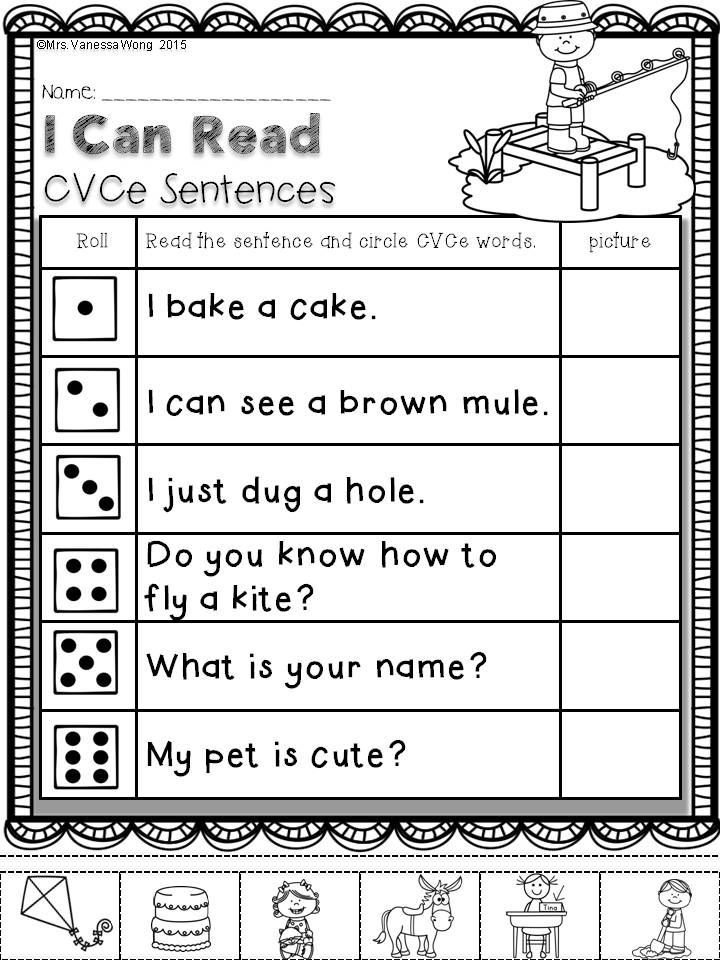
The Fox and the Bunny, characters in the books by Sylvia Vanden Heyde
For "advanced" beginners who are ready to get through a little more text, I would recommend the "Reading by myself" series - books about bosom friends Kwak and Toad, written and drawn by Alfred Lobel ("Pink Giraffe"). "). Here we can also recall a series of books about the hare Karlhen (Melik-Pashaev publishing house), created by the owner of the International Gold Medal named after A. H. C. Andersen 2016 Rotraut Suzanne Berner; a series about a mouse and a hare "Chick and Bricky", which was invented by the equally famous Axel Scheffler; Jacob Martin Strid's series about baby elephant Mimbo-Jimbo; there are more than fifteen books in the series about the kitten Shmyak, the hero of Rob Scotton (Klever publishing house). More text is offered by five volumes of Sasha and Masha, beloved by preschool children, by Annie Schmidt (Zakharov Publishing House), Tosya-Bosya by Lina Zhutaute ("Clover"), a series of books by Lauren Child "Charlie and Lola" ("Clover"), pages which resemble collages, etc.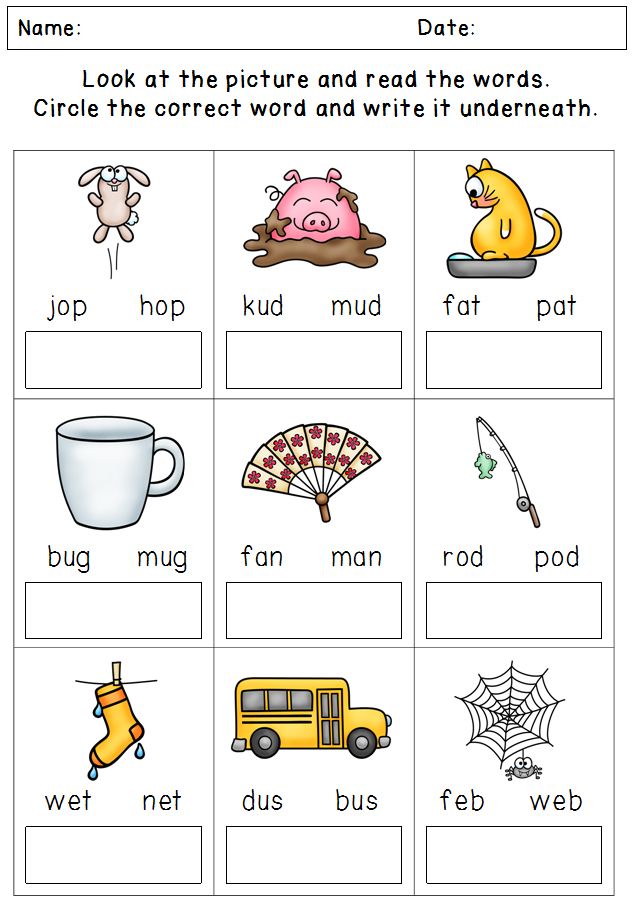
Important elements of such publications are illustrations that maintain interest in the text, large print (preferably without curlicues, but with the letter “ё”), a short but eventful story, and it would be nice if there was a continuation with the same characters, that is, seriality. As we can see, there are a sufficient number of such series, however, parents and teachers are constantly looking for something to add to the list for kids who have only recently known the joy of reading and require more and more new stories.
In 2017, the Samokat publishing house opened another such series, presenting to domestic readers the books by Sylvia Vanden Heyde, The Fox and the Bunny, The Fox and the Bunny on the Island, and See you, the Fox and the Bunny, illustrated by Tae Tung Kin. It would seem that this is unprecedented - ordinary forest stories, plots used a thousand times by a thousand different authors, but the creators of Fox and Bunny interpret them in their own way. Both the text is interesting in the books (the writer who wrote it, by the way, received several awards, including the prestigious Belgian Book Lion and Golden Owl awards), and the illustrations - by their dynamism, one can assume that the artist is somehow connected with comics culture .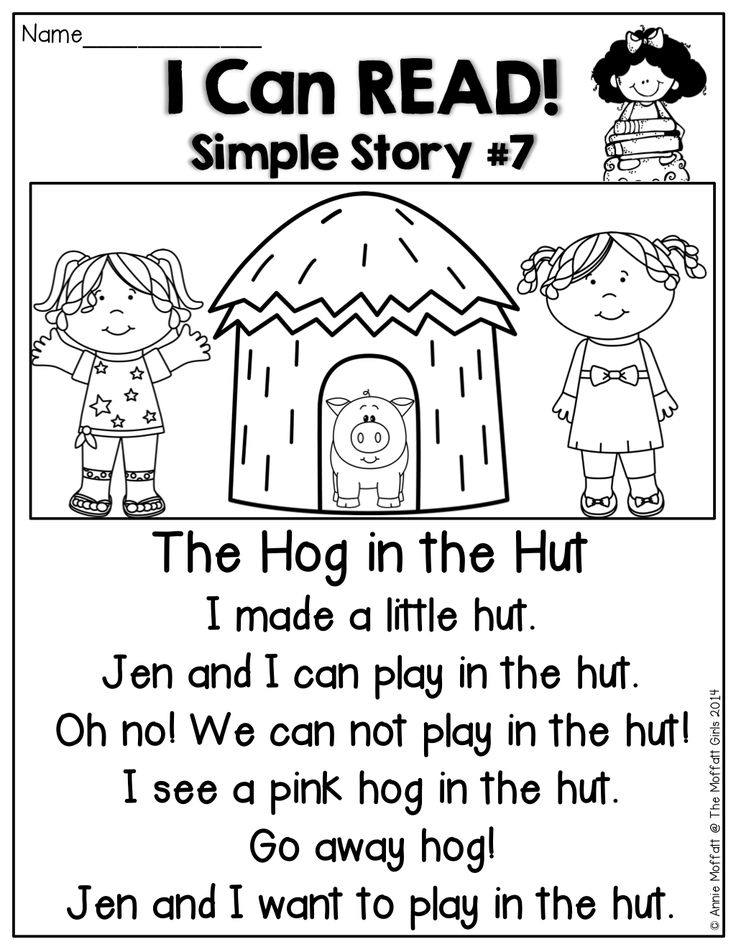 This is true: Tae Tung Kin turned to illustrating children's books after comics, and for this fruitful work he has already been awarded the national award of the Netherlands “Gouden Penseel” (“Golden Brush”) three times.
This is true: Tae Tung Kin turned to illustrating children's books after comics, and for this fruitful work he has already been awarded the national award of the Netherlands “Gouden Penseel” (“Golden Brush”) three times.
Sylvia Vanden Heyde
This year there was a new meeting with the beloved characters. The three books published by Samokat follow the same principles as before: large print, convenient format, short, understandable story - these are the components necessary for the novice reader to feel confident. Each sentence is separated by a paragraph and is located almost in the center of dense pages with large margins, which makes reading as easy as possible. The text is accompanied by full movement, vivid drawings, and the adventures become more and more exciting.
There are usually no more than 6-10 sentences per page, short and capacious - just right to master those who have not yet “calculated”. Separate important words are additionally highlighted in large print, which attracts attention and places emphasis.
Both the pictures and the text vividly show the experiences of the characters, which, according to experts, is very important for the psychological development of the child, the formation of his emotional intelligence. Story plots offer possible ways out of difficult situations and teach the expression of feelings.
Books will be interesting and useful for independent reading to children from five to eight years old.
Vanden Heide, S. Ku-ku, Fox and Bunny / Sylvia Vanden Heide; translation from Dutch by Irina Trofimova; with illustrations by Tae Tung Kin. - Moscow: Samokat, 2018. - 95 p. : ill. - (Fox and Bunny: I read it myself).
The narrow, vertically elongated book cannot be called small; it contains fourteen story-related stories about heroes already known from the first books about the Fox, the Bunny and their friends.
Between the Fox and the Bunny, contrary to the established literary tradition, tender relations reign, and in general they are a family: the Bunny is described and depicted as a real woman, and the Fox is the embodiment of masculinity. In the forest where they live, important events do not dry out.
In the forest where they live, important events do not dry out.
Faithful Fox, who never left home, suddenly disappears, and Bunny and Eagle Owl go looking for him. The characters are very expressive. The bunny is depicted as a typical housewife: she is wearing an apron, but quite elegant. There is coquetry in her, but the main thing is that she is gentle and caring. Fox is determined. He abandoned the painting of the fence and followed the bird, who said a strange “cuckoo” and flew away. All the heroes of this story will soon find themselves in the forest where the bird went, and the Fox's return home will not be easy, but important for the whole company. Without unnecessary notations, the author, appealing to that same emotional intelligence, shows how affection and kind words illuminate the life of his characters.
“COOKIES! Lis rejoiced. “I’m going home for the cookies!” And for YOU, Bunny.
Bunny was embarrassed and blushed.
How nice of the Fox to say that about her!”
Vanden Heide, S.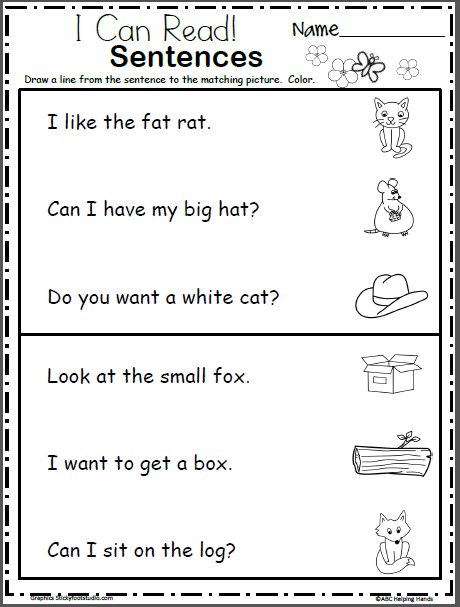 Hi Lis! Hello Bunny! / Sylvia Vanden Heide; translation from Dutch by Irina Trofimova; with illustrations by Tae Tung Kin. - Moscow: Samokat, 2018. - 89 p. : ill. - (Fox and Bunny: I read it myself).
Hi Lis! Hello Bunny! / Sylvia Vanden Heide; translation from Dutch by Irina Trofimova; with illustrations by Tae Tung Kin. - Moscow: Samokat, 2018. - 89 p. : ill. - (Fox and Bunny: I read it myself).
This time, not only familiar characters will appear in the book. In addition to the pair of Foxes and Bunny itself, an expressive chicken, whose name is Yai, because until recently he was an egg that Owl tenderly guarded; in addition to his mother, the chicken Ko-Ko, and his father, the rooster Pee-Pip, who always says “ko-ko”, but every time his remark is translated differently, the reader will meet the visiting urban fashionista, the squirrel Fluffy and the motorcyclist Khryun. They are aware of the latest news and trends, which makes the peaceful inhabitants of the forest uncomfortable: they do not know what a "country house" is, and they do not get out of their wilderness anywhere. About how the attempt to "get out" will end, how it will appeal to avid stay-at-homes, adherents of the family lifestyle, and the new book tells.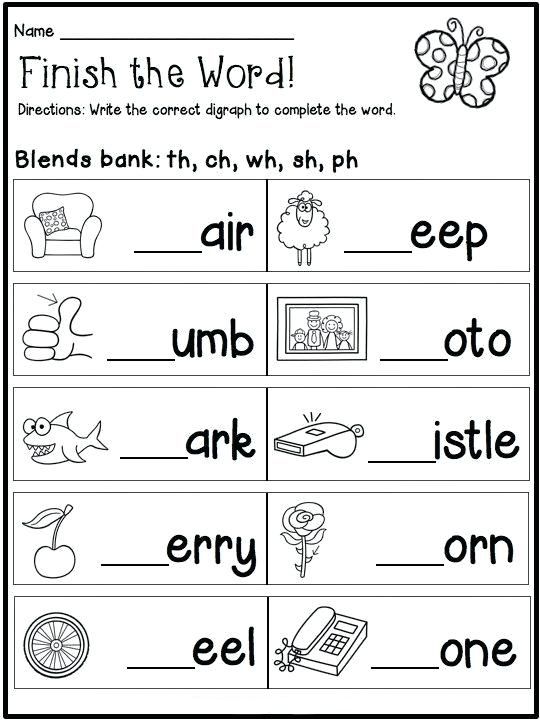
Here, too, the author does not change his principle of using short sentences and breaking up the text by inserting words in large type into it. Breaking up the story into a large number of small chapters solves the same problem: to give the novice reader a sense of freedom and strength. The text is cheerful, not at all boring, awakening the imagination, at the same time it is not devoid of drama and deep feelings. Anthropomorphic animals get upset, mischievous, sad, support each other, but kindness, family harmony and friendship still prevail.
Vanden Heide, S. Brave wild pig / Sylvia Vanden Heide; translation from Dutch by Irina Trofimova; with illustrations by Tae Tung Kin. - Moscow: Samokat, 2018. - 121 p. : ill. - (Fox and Bunny: I read it myself).
It is logical that the central character of the story called “The Brave Wild Pig” was Piglet, the already familiar rocker boar on a rattling motorcycle. However, despite the fact that the characters have quite clear roles (Owl is a sluggish slacker, Bunny is a caring hostess and inventor, Fox is a conservative, Fluffy is a coquette and a snob), the most amazing stories do not stop happening to them, and the author always manages to reveal facets of their characters in a new way.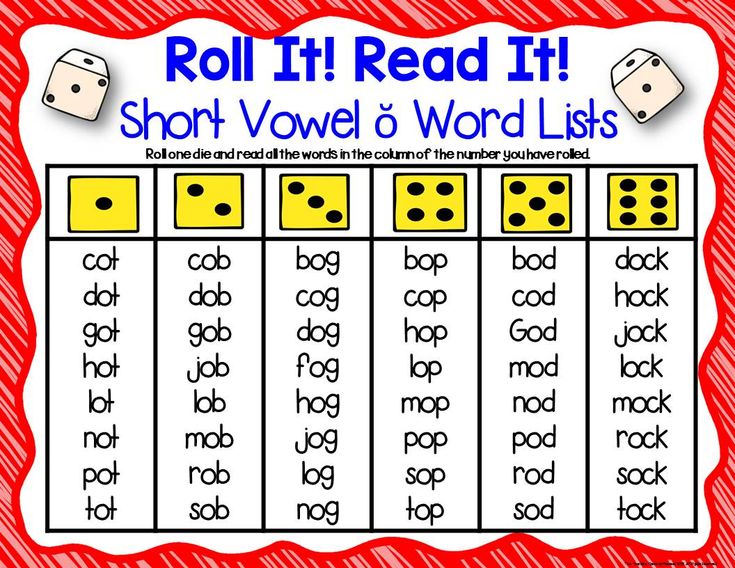 Easily introduces Vanden Heide and new heroes: it is enough to nod, they say, this is the “same” hero, and it can be assumed that he is simply familiar to Fox and Bunny from his former life.
Easily introduces Vanden Heide and new heroes: it is enough to nod, they say, this is the “same” hero, and it can be assumed that he is simply familiar to Fox and Bunny from his former life.
Although the new volume, consisting of twenty-four stories, is dedicated to Piglet, its running theme is love. It turns out that it is very different. It begins with family love, when everything is known in advance: Fox's birthday present for Bunny is breakfast in bed and a vase. But it turns out that Bunny likes the loud sound of the radio that suddenly broke the routine, which was brought by the ill-mannered Piglet.
We also see another example of marital love: Mermaid and her husband Rob (it is not clear who he is, but he looks like a fur seal). Here, the "routine" even comes to beating dishes. But the heroes find a way to resolve the conflict, because love still dominates in the book.
But Khryun decided to fall in love of his own free will: this desire came to him before the appearance of a suitable candidate for the role of "sweetheart".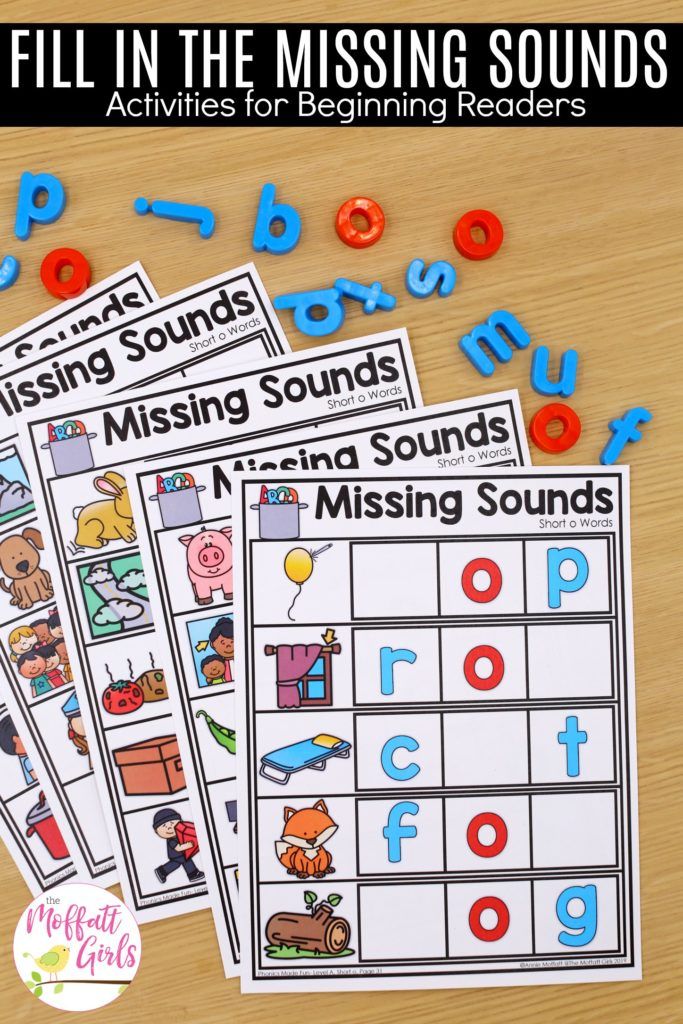 He draws a heart pierced by an arrow on his hand, and even the first letter of his name ... However, there is no One who could give the missing initial yet. The wise Bunny writes the letter "X" in his heart, and it turns out that Piglet really doesn't care who he falls in love with, even with a pink pig from the cover of a magazine. But how genuine is this love?
He draws a heart pierced by an arrow on his hand, and even the first letter of his name ... However, there is no One who could give the missing initial yet. The wise Bunny writes the letter "X" in his heart, and it turns out that Piglet really doesn't care who he falls in love with, even with a pink pig from the cover of a magazine. But how genuine is this love?
The love theme is interspersed with stories about other important events: how Owl dreamed of becoming a captain; about how the rich Mermaid felt miserable in a luxurious hotel and wanted to return to her home. And, of course, Fox and Bunny are always next to the novice reader, invariably saving the situation.
Here the author and the artist follow the same tactic: short phrases, some of which are in capital letters, text in the middle of the page, a play on words, expressive illustrations that reflect the feelings of the characters, and also important topics that “grow up” with the reader. All this is very motivating to read those who already understand a lot, but are not yet ready to cope with large texts.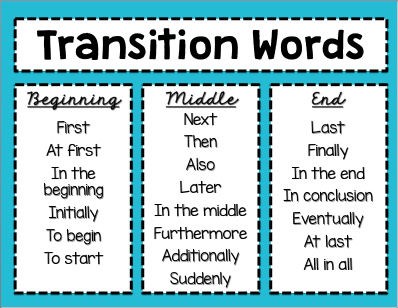
Natalia Savushkina
20 reading texts for children aged 5-6-7-8
A child who has learned to put sounds into syllables, syllables into words, and words into sentences needs to improve his reading skills through systematic training. But reading is a rather laborious and monotonous activity, and many children lose interest in it. Therefore, we offer texts of small size , the words in them are divided into syllables.
First read the piece 9 to the child yourself0026 , and if it is long, you can read its beginning. This will interest the child. Then invite him to read the text. After each work, questions are given that help the child to understand what they have read and comprehend the basic information that they have learned from the text. After discussing the text, suggest reading it again.
Mo-lo-dets Vo-va
Ma-ma and Vo-va gu-la-li.
In-va ran and fell.
It hurts no-ha, but Vo-va does not cry.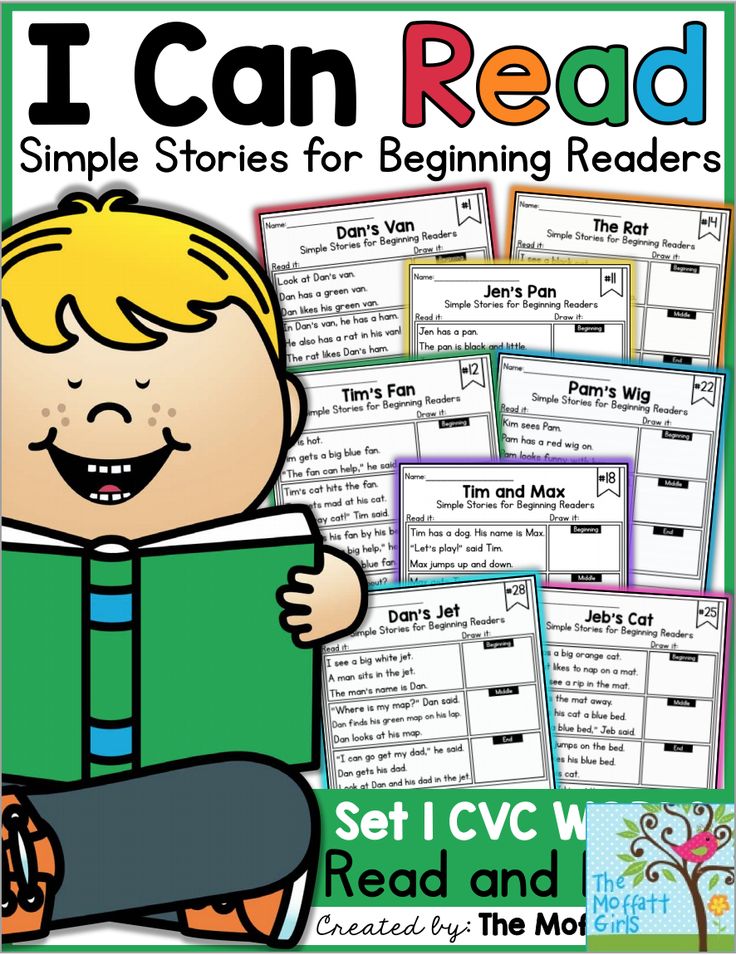
Wow!
B. Korsunskaya
Answer questions .
1. What happened to Vova?
2. What made him sick?
3. Why is Vova doing well?
Clever Bo-beak
Co-nya and co-ba-ka Bo-beak gu-la-li.
So-nya played with a doll.
So So-nya in-be-zha-la to-my, and the doll for-would-la.
Bo-beek found a doll-lu and brought it to So-ne.
B. Korsunskaya
Answer the questions.
1. Who did Sonya walk with?
2. Where did Sonya leave her doll?
3. Who brought the doll home?
The bird made a nest on a bush. De-ti our nest-up and took off on the ground.
- Look, Vasya, three birds!
In the morning, de-ti came, and the nest-before it was empty. It would be a pity.
L. Tolstoy
Answer the questions.
1. What did the children do with the nest?
2.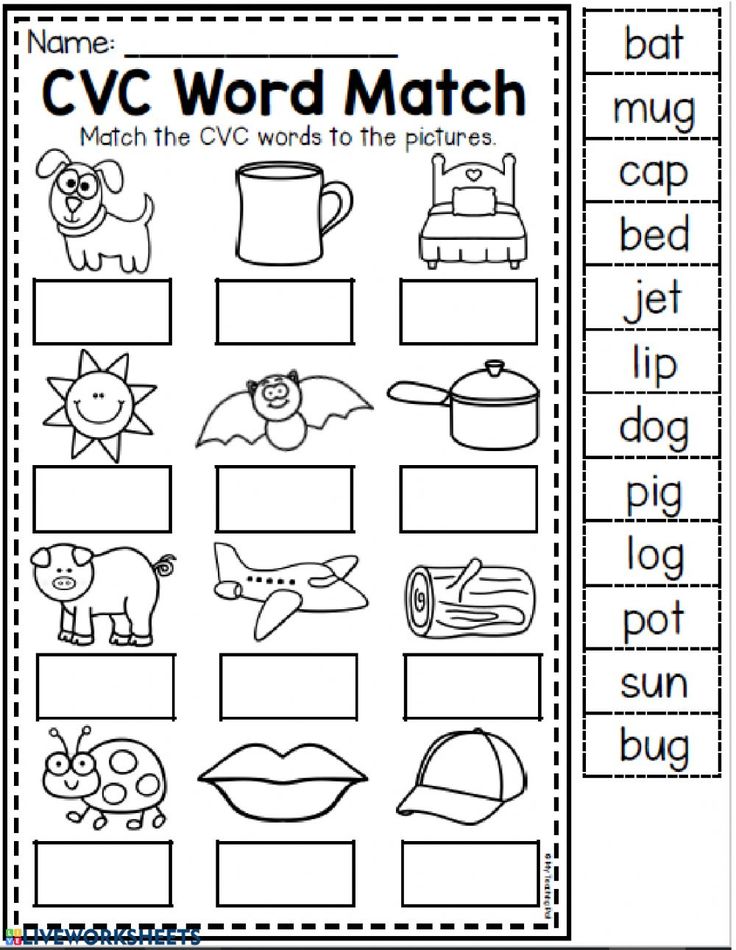 Why was the nest empty in the morning?
Why was the nest empty in the morning?
3. Did the children do well? How would you do?
4. Do you think this work is a fairy tale, a story or a poem?
Pete and Mi-shi had a horse. They began to argue: whose horse. Did they tear each other apart.
- Give me - my horse.
- No, you give me - the horse is not yours, but mine.
Mother came, took a horse, and nobody's horse became.
L. Tolstoy
Answer the questions.
1. Why did Petya and Misha quarrel?
2. What did mother do?
3. Did the children play horse well? Why are you so
think?
Words for the development of reading, attention DOWNLOAD HERE.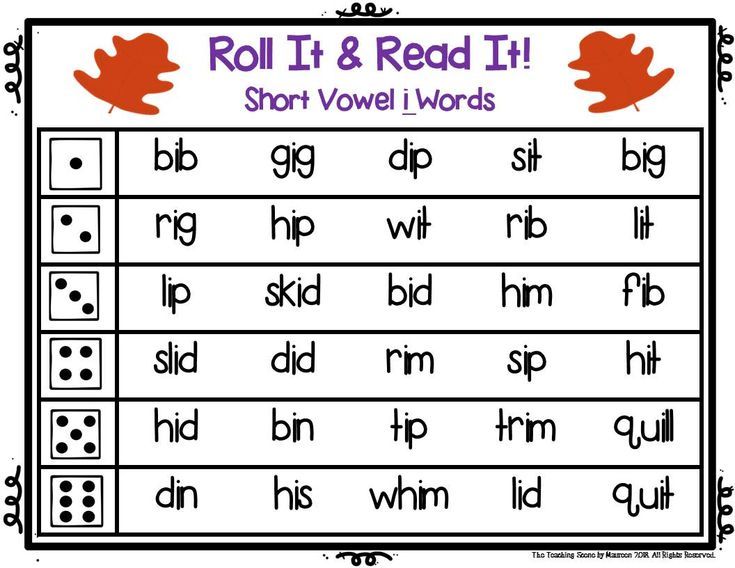
It will be interesting for children to read selected texts, they affect the emotional world of the child, develop his moral feelings and imagination . Children will get acquainted with the works of L. Tolstoy, K. Ushinsky, A. Barto, S. Mikhalkov, E. Blaginina, V. Bianchi, E. Charushin, A. Usachyov, E. Uspensky, G. Snegirev, G. Oster, R. Rozhdestvensky, as well as fairy tales of different peoples.
It is advisable to show children the genre features of poems, stories and fairy tales using the example of these works.
Fairy tale is a genre of oral fiction containing events unusual in the everyday sense (fantastic, wonderful or worldly) and distinguished by a special compositional and stylistic construction. In fairy tales there are fairy-tale characters, talking animals, unprecedented miracles happen.
Poem is a small poetic work in verse. The verses are read smoothly and musically, they have rhythm, meter and rhyme.